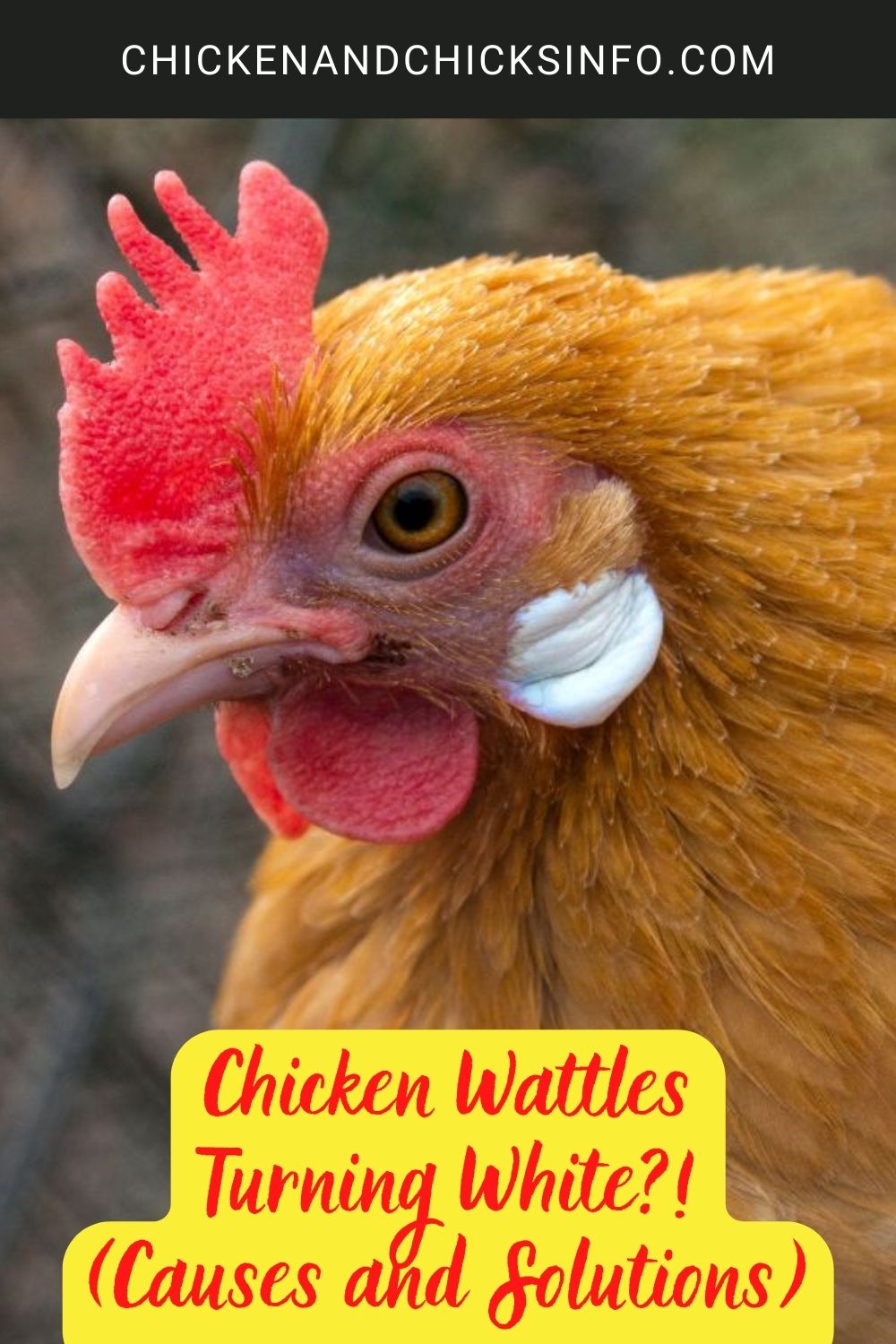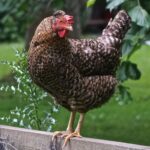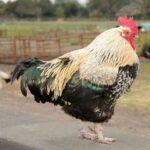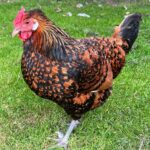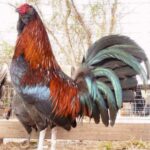Is one or more of your chickens’ wattles turning white?
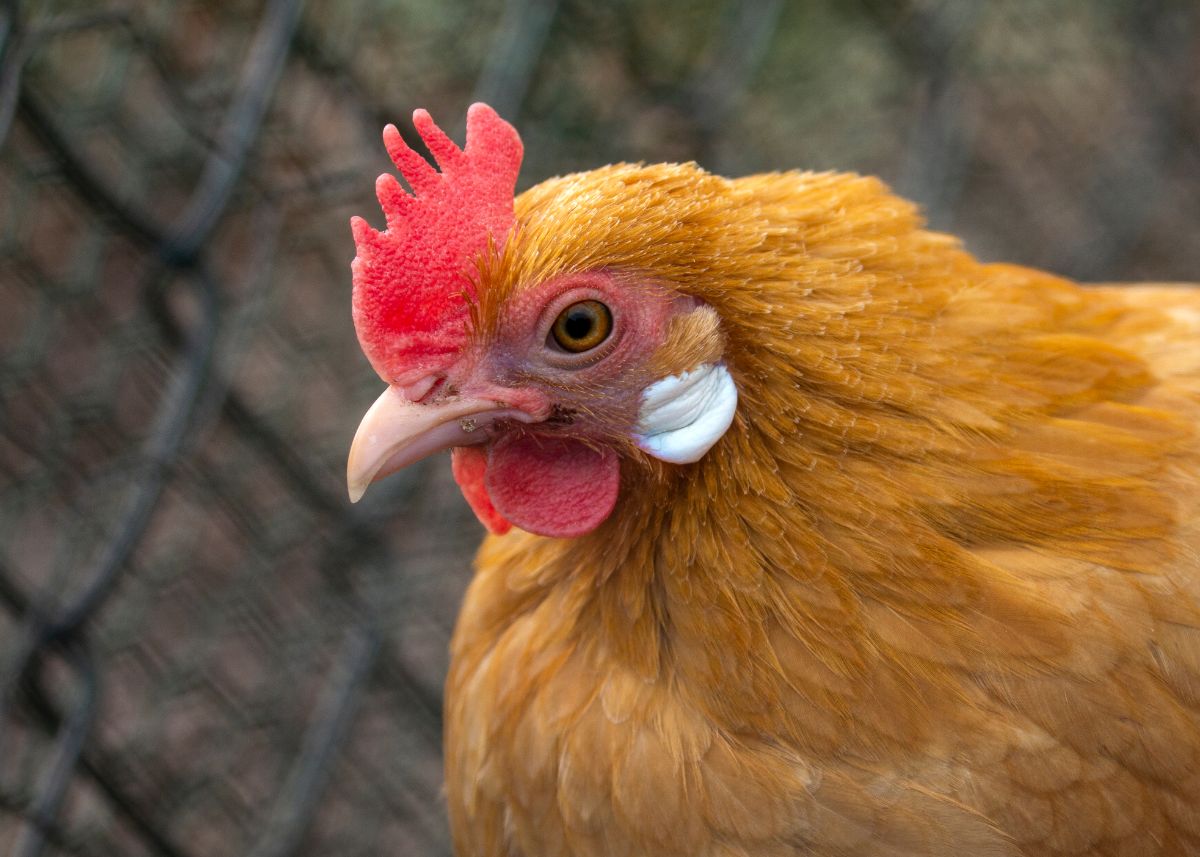
We all know that chickens have red wattles; which are those dangly, fleshy flaps of skin that hang down below their beaks on either side of their heads.
Some chickens have large wattles, some have smaller ones, and there are all sorts of shapes and sizes in between.
What is unusual, however, is when wattles change color. Anything less than a vibrant red, so a paler red, black, and even white, is not ‘normal’.
It doesn’t always mean there is something seriously wrong with your hen or rooster - but it may be an indication of a health issue.
Here is a closer look at what it means when chicken wattles turn white:
Jump to:
Why Do Chickens Have Wattles?
First of all, it’s important - and interesting - to know just exactly why chickens have wattles.
Chickens’ wattles are more than just flapping bits of skin. They actually play an important role in helping a chicken regulate its temperature.
As blood flows through a chicken’s wattle and comb it cools a little as the wattle and comb are thin, so it doesn't insulate like their bodies do.
When a cockerel is courting, the size of its wattle is also believed to play a part in attracting hens.
Much like the size and number of a peacock’s feathers and various other displays of size in the animal kingdom, the bigger the wattles, the more appealing a rooster is!
Related - Here's a look at why chicken's earlobes also turn white.
Chicken Wattles Turning White - Should You Be Concerned?
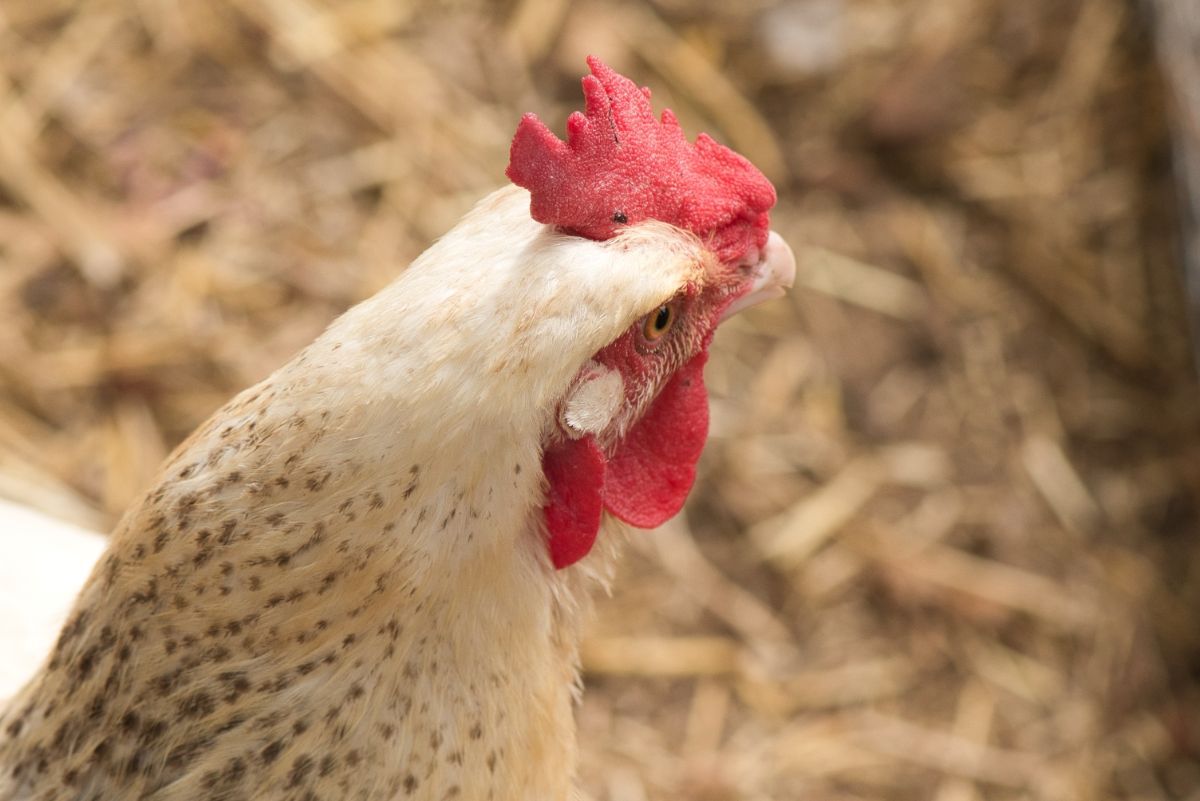
First of all, if you have one or more hens with wattles turning white, at the very least I would send a picture to an avian vet if not take the bird in to see them.
If this isn’t possible for some reason, there are some things you can do to start investigating what the problem might be yourself.
Some of the conditions and causes of wattles turning white are:
Aplastic Anemia
This is a complex condition that often results due to drug toxicities, viral infections, and mycotoxins.
Signs of Aplastic Anemia include pale/whitening of wattles and combs, blood in droppings, loss of appetite, and poor growth.
Fatty Liver Syndrome
Fatty liver hemorrhagic syndrome (FLHS) is a metabolic disorder that is associated with a surfeit of energy intake and is often fatal.
One of the main symptoms is a pale wattle and/or comb due to the blood loss or reduced egg production associated with this condition.
Streptococcosis
Streptococcosis is a general name for a variety of diseases caused by bacteria in a chicken’s intestinal tract called Streptococcus.
One of the signs that a chicken may have Streptococcosis is a pale wattle, often described as being white in color.
Why Are My Chickens Wattles Pale?

A chicken’s wattles - and this also applies to their combs - are a good general indication of their health.
The redder, fuller, and healthier-looking a chicken’s wattles are, the better their overall health likely is.
Some issues will be specific to their wattles. Such as fungal conditions, nodules that may indicate fowl pox, and maybe some damage due to pecking.
Overall, however, if a wattle is pale in color, it’s a sign that there is some kind of underlying health issue.
You should always take a closer look at your hens with pale wattles, or refer them to a veterinarian with experience treating chickens or birds.
Try not to panic though, often it’s something as simple as a chicken lacking some nutrients, feeling a little under the weather, or something routine like molting.
Do Wattles Change Color?
It’s normal for a wattle to change color a little, but this is usually from one shade of red to another when the chicken is healthy.
There are some exceptions, however. Silkies, for example, are a breed of chicken that naturally have black combs and wattles.
But generally speaking, if you have a chicken with a red wattle, you don’t need to be alarmed if the color changes a little.
It’s when their wattles and/or combs turn black, purple, or white, in particular, that you need to be alarmed.
This means anything from the tips of the wattle changing color, to being spotty or patchy, or the whole wattle changing color.
Related - Here’s what it means when a chicken’s comb turns black.
What to Give Chickens With Pale Wattles?
Without knowing the cause for their wattle being pale, it’s hard to say what you should do.
The best advice is to call a vet and ask for their professional opinion. It’s something you should do sooner rather than later though.
If there is a virus amongst your flock, the longer you wait the higher the risk of the virus spreading to your other chickens.
On a very basic level, you should check that your chickens with pale wattles have access to good quality feed and fresh drinking water, and their environmental conditions are good.
In Summary
If your chicken’s wattles are turning white, it’s often an indication that there is a health issue of some kind.
Ideally, you can get some advice from an avian vet. Where that is not possible, you should take steps to find out what is causing their wattles to change color yourself.
